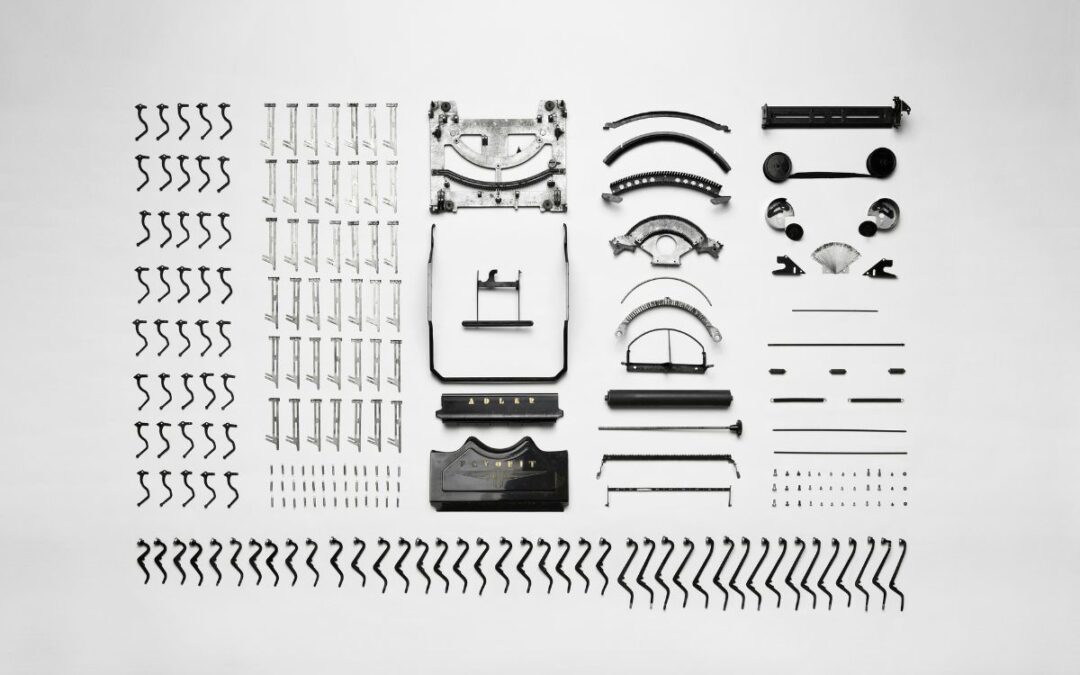Once you are close to completing your manuscript, you may decide to hire a professional editor for the next steps. After carefully choosing an editor, preparing your manuscript (and yourself) for the editing stage is crucial. The tips below show you how to optimise your results from professional editing by preparing your manuscript.
Set clear goals
Identifying clear goals for the editing stage will save both you and your editor from frustration and unnecessary work. Ensure that you understand the scope and the purpose of the different types of editing before making a choice for your manuscript. Editing is a multilayered process. In a nutshell, developmental editing will always come before copy editing, and proofreading will be the final check.
If you need a developmental edit but choose a copy edit instead, this will later undo previous work, which may result in additional effort and expenses. However, not every book needs developmental editing. In some cases, excellent beta readers can identify issues with the plot and the characters. If you are unsure, your editor can help you make the right decision for your manuscript. Once you have made a decision and signed a service agreement, do not change your mind halfway through the process.
Use self-editing first
After finishing the first draft, set your document aside for a while so that you can later start your revisions with a fresh perspective. I cannot emphasise the importance of thorough revisions enough. Self-editing does not replace professional editing but it helps you optimise your draft. If you do as much work as possible on your own, it will allow the editor to focus on other important areas. Submitting a document full of errors you could have fixed yourself means that your editor has to spend a lot of time and attention on avoidable issues.
If you want to maximise the benefits of professional editing and potentially reduce the scope (and the cost), do self-edit. To avoid undoing and repeating your own work, always start with developmental self-editing before you try copy editing. You can also try to learn about typical writing pitfalls to avoid in your manuscript.
Clean up your document
Before submitting your document, ask your editor how you should format your manuscript. It certainly doesn’t have to be perfect, but a reasonably clean document will save your editor a lot of frustration. Here are some basic tips to follow when preparing your manuscript:
- Ask your editor about their preferred document format. I normally prefer .doc or .docx format.
- Stick to a standard font and font size such as Times New Roman 12-point type.
- If you’re submitting a manuscript in more than one document, make sure you label every part clearly and correctly.
- Use double spacing as it’s easier to read.
- Number your pages and use page breaks at the end of each chapter.
- Clearly label chapters and section headings and start each chapter on a new page.
You can read more about basic formatting here.
Preferences: style sheets and feedback
As you make your revisions, you may want to consider starting a style sheet. A style sheet is an overview of non-standard words and terms. It shows your editor your preferred spelling of names, places, and terms (among other things). It can also include specific formatting requirements such as the use of italics for inner monologue. Your editor will likely expand on your existing list during their work. However, starting such a list yourself can help you during your own revisions and save your editor time.
For a developmental edit, I always encourage clients to submit a list of their potential concerns and questions so that I can help with these aspects in particular. If you do so, avoid putting long comments in the manuscript. You will likely receive feedback from the editor via this function and multiple lines of comments can become confusing. Draw up a separate list of questions and mention the page number for each item. This is also a great time to let your editor know how you would like to receive feedback and constructive suggestions.
Get started
We have seen that there are several things you can do on your own to improve and prepare your manuscript before submitting it to your editor. If you follow some simple steps, you can maximise the benefits of professional editing and potentially reduce the costs.

